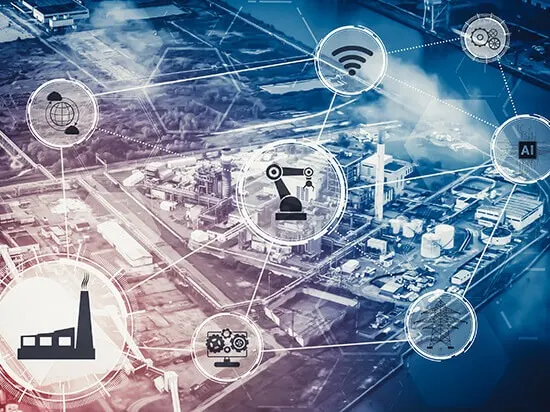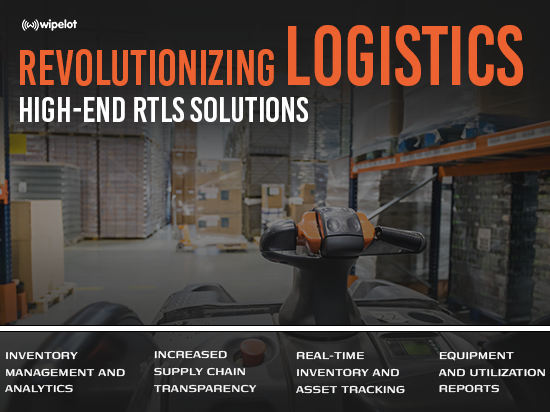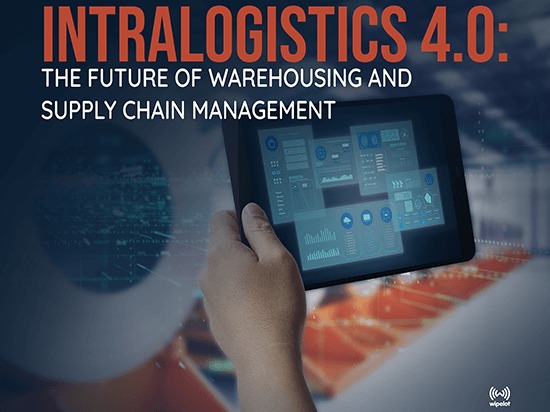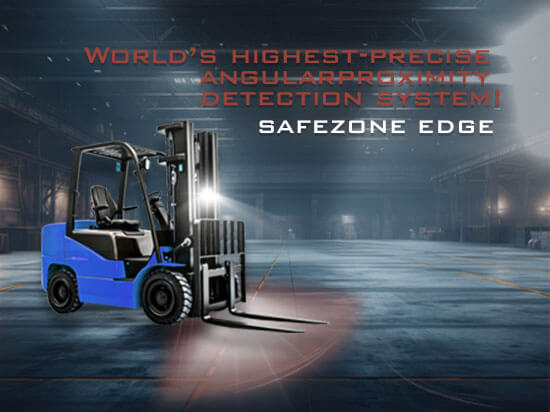What is RTLS: Real Time Locating Systems?

Introducing Wipelot Real Time Individual-Equipment Location Tracking System
Real Time Location Systems, also referred to as RTLS, allow for modern technology to determine the location of an item or person in real time. RTLS doesn’t necessarily have to refer to one piece of technology, but is rather an initiative that can be accomplished through the integration of various systems. It is commonly used for tracking and managing assets in industrial settings. The data collected by RTLS systems can be utilized for many different purposes such as creating timestamps for when an asset moves into a certain area. Another application could be about granular visibility that requires constant updates. RTLS solutions generally capitalize on locating, tracking and managing assets, people and inventories so that companies are better equipped to make educated decisions on the data they have collected and optimize their operations while enhancing workplace safety.
How Does Wipelot RTLS Solutions Help Enhance Operations?
Wipelot RTLS solutions allow for a unified system that collects data on a person or equipment’s location instantaneously and reports it in the necessary format. A unique benefit that Wipelot offers is the extremely fast installation of the GPS or wireless receiver technologies and the use of minimum equipment in the process. Within the system, a mobile tag conveys periodic signals to fixed tags that are tracking the location of certain assets. These signals are then sent to the computer through an auxiliary coordinator and correspondingly a main coordinator. Through this process location data is accumulated in real time and processed for reporting to the associated parties. While assets are conveniently imaged on a map for seamless tracking, this data can also later be evaluated for how operations can be altered and optimized.
The Wipelot technology can be referred to as a collection of systems that operate in full harmony. Let’s get to know what the system involves. First of all, there is the data processing and software domain that integrated the necessary algorithms, as well as time difference of arrival(TDOA), time of flight (TOF), and received signal strength indication (RSSI). Further, the hardware domain is dominated by data accumulation devices that include a main coordinator, intermediary coordinator, fixed region tags and mobile tags.
Applied Algorithms
Wipelot allows you to track real time location of assets through utilizing the aforementioned RSSI, TOF and TDOA information. Through these variables, these algorithms allow for the collection of necessary data that can be evaluated and utilized to determine the respective locations.
TDOA (Time Difference Of Arrival)
TDOA is an ideal location tracking method for hangars and huge warehouses. This method utilizes mobile tags that emit signals to fixed tags. The system takes into account the time variations for the signal to reach the fixed tags. The collective result of this data allows for a very sophisticated location tracking system.
TOF (Time Of Flight)
This method calculates signals forwarded across mobile tags and fixed tags. The location is then determined through the time that has passed when the initial signal is forwarded and returned.
RSSI (Received Signal Strength Indication)
The RSSI algorithm is an ideal location tracking method for closed spaces. Within this system, location tracking signals are also sent from mobile tags to fixed tags and the intensity of said signal is measured, as well as the distance.
As for the hardware aspect of the data collecting devices:
Main Coordinator:
The main coordinator is a system component that transmits its entire data body to a respective computer. This data is collected from mobile tags and are conveyed to the main coordinator through fixed region tags and auxiliary tags. This data can then be converted into UDP, TCP-IP, USB, RS232, RS485 communication systems and respectively forwarded to computers.
Auxiliary Coordinator
When the data is communicated at large distances, certain regional conveyors may be necessary for the information to be transmitted to the main coordinator. For this very purpose, auxiliary coordinators are installed in respective regions to enable access of data to master computers.
Fixed Region Tags
Fixed region tags, also referred to as FT-05, are responsible for dividing the target region coverage into subdivisions, based on the width of the space and the intended number of subdivisions. In this system, data sent from mobile tags to the center are assisted in delivery through fixed regional tags.
Mobile Tags
These can be referred to as collar cards attached to a person or a device, that is similar to a ring wireless mobile device. Mobile tags attached to a worker do not disrupt daily work functioning and are operated by batteries.
Understanding RTLS Technology: Applications, Components, and Algorithms
What is RTLS and how does it work?
RTLS (Real-Time Locating System) is a technology that tracks the location of assets or individuals in real time using signals from mobile tags to fixed anchors. It collects location data via algorithms like TDOA, TOF, and RSSI and reports the data to a central system for visualization and analysis.
What are the main components of a Wipelot RTLS system?
The system includes mobile tags, fixed region tags, auxiliary coordinators, and a main coordinator. These work together to collect and transmit location data to a central software platform that processes and visualizes the information.
Which industries benefit the most from RTLS solutions?
Industries such as manufacturing, mining, logistics, and aviation benefit significantly from RTLS by improving asset visibility, enhancing safety, and optimizing workflow efficiency through accurate location tracking.
What location algorithms are used in RTLS systems?
Wipelot RTLS systems use TDOA (Time Difference of Arrival), TOF (Time of Flight), and RSSI (Received Signal Strength Indication) algorithms to calculate the precise position of tags in different environments such as warehouses and closed areas.
How does RTLS improve safety and operational efficiency?
RTLS enhances safety by tracking workers and equipment in real time, preventing collisions, and responding quickly to emergencies. It also optimizes operations by reducing search times, streamlining workflows, and enabling data-driven decisions.



